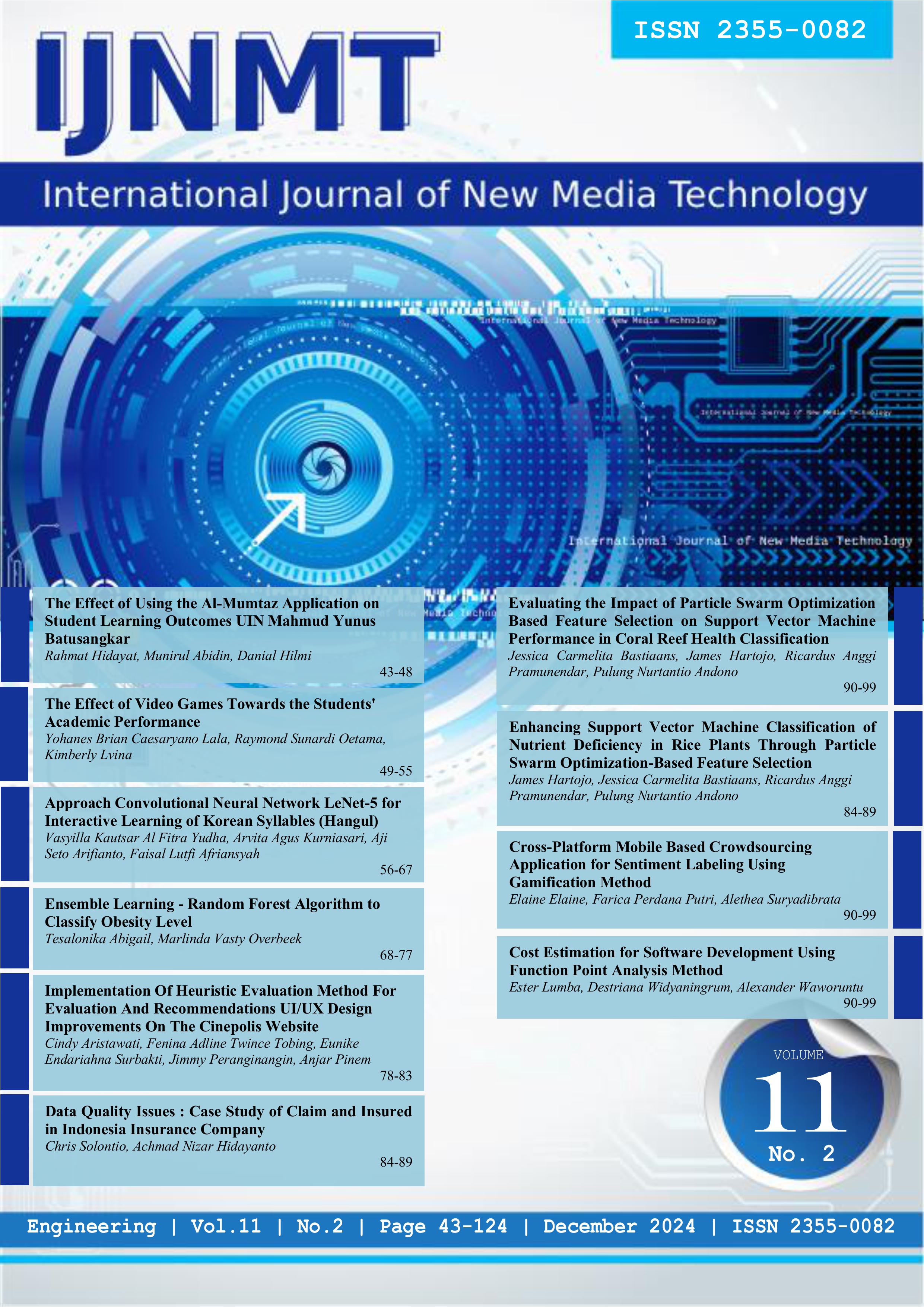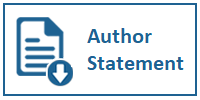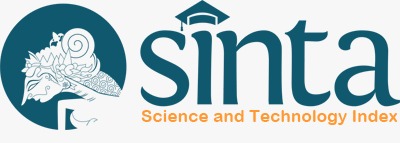Enhancing Support Vector Machine Classification of Nutrient Deficiency in Rice Plants Through Particle Swarm Optimization-Based Feature Selection
DOI:
https://doi.org/10.31937/ijnmt.v11i2.3762Abstract
The research focuses on the classification of nutrient deficiencies in rice plant leaves using a combination of Support Vector Machine (SVM) and Particle Swarm Optimization (PSO) methods for feature selection. Image features are extracted using Histogram of Oriented Gradients (HOG), which is then optimized with PSO to select the most relevant features in the classification process. Indonesia is one of the largest rice producers in the world, with food security as a major issue that requires sustainable solutions, especially in the agricultural sector. The growth and yield of rice plants are highly dependent on the availability of nutrients such as Nitrogen (N), Phosphorus (P), and Potassium (K). However, traditional observation methods to detect nutrient deficiencies in plants become inefficient as the scale of production increases. The dataset used includes images of rice leaves showing nitrogen (N), phosphorus (P), and potassium (K) deficiencies. Experiments show that the SVM model optimized with PSO provides a classification accuracy of 83.19% and a runtime of 129.63 seconds with 1150 best feature combinations out of 2303 extracted features, which is higher accuracy and faster runtime than the model that does not use PSO. These results show that the integration of PSO in the feature selection process not only improves the accuracy of the model, but also reduces the required computation time. This research makes an important contribution to the development of an automated system for the classification of nutrient deficiencies in crops, which can be implemented in large farms or other agricultural fields.
Downloads
Downloads
Published
How to Cite
Issue
Section
License
Authors retain copyright and grant the journal right of first publication with the work simultaneously licensed under a Creative Commons Attribution-ShareAlike International License (CC-BY-SA 4.0) that allows others to share the work with an acknowledgement of the work's authorship and initial publication in this journal.
Authors are able to enter into separate, additional contractual arrangements for the non-exclusive distribution of the journal's published version of the work (e.g., post it to an institutional repository or publish it in a book), with an acknowledgement of its initial publication in this journal.
Copyright without Restrictions
The journal allows the author(s) to hold the copyright without restrictions and will retain publishing rights without restrictions.
The submitted papers are assumed to contain no proprietary material unprotected by patent or patent application; responsibility for technical content and for protection of proprietary material rests solely with the author(s) and their organizations and is not the responsibility of the IJNMT or its Editorial Staff. The main (first/corresponding) author is responsible for ensuring that the article has been seen and approved by all the other authors. It is the responsibility of the author to obtain all necessary copyright release permissions for the use of any copyrighted materials in the manuscript prior to the submission.















